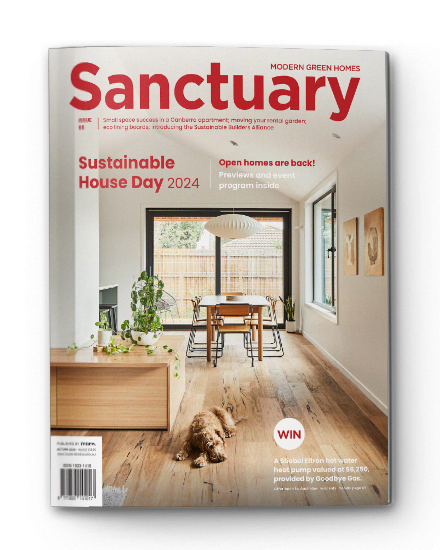Constructing the future – The Sustainable Builders Alliance industry revolution
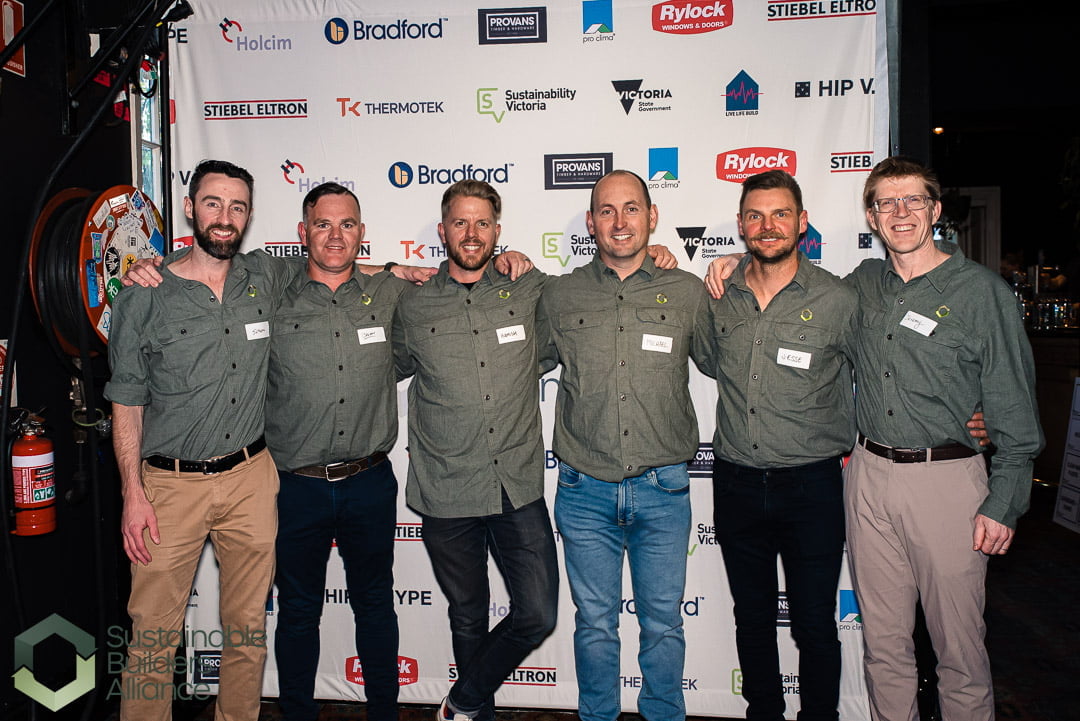
Simon Clark, Brian Guinan and Jeremy Spencer, three of the innovative minds behind the newly launched Sustainable Builders Alliance, talk with Fiona Gray about revolutionising the construction industry for a sustainable future.
Fiona: Thanks for joining me, Jeremy, Simon and Brian. Tell me, what is the Sustainable Builders Alliance, and what was the impetus behind its formation?
Simon: It originally came about from the Builders Declare a Climate Emergency movement, which essentially involves signatories making a pledge that “I give my word to make my best effort to move to a more carbon neutral future”. As great as the Declare movement is, we recognised that there are no real tangible actions from it. The Sustainable Builders Alliance was created with the intent of making a tangible impact in moving the industry towards a carbon neutral future. That’s it in a nutshell. There are many different actions that we are taking, but in general, it’s about educating builders, because there’s a real thirst for knowledge out there.
Jeremy: It’s a practical expression of what to do to make a difference; to make the Builder’s Declare pledge actionable.
Fiona: What are the aims of the Alliance, and what lack or need is it looking to fill in the industry?
Jeremy: All industries need to become net zero by 2050 if we’re to honour Australia’s emissions reduction commitments and give the world a chance of flattening the carbon curve. Our aim is for the residential construction industry to be the first industry that gets there.
Fiona: That’s a big ask for the industry!
Jeremy: Homes have a huge impact not only in operational energy use, but also in the embodied carbon that gets released in the creation of the materials used, so yes, it is a big ask. But we now have the tools and technology that we need. We’ve got tools that quantify good design, such as the NatHERS Whole of Home rating system and the Passive House Planning Package. We’ve got technology in the form of heat pumps, solar photovoltaic systems, double glazing, LEDs and induction cooktops. The price points for these technologies are right. But what the industry doesn’t have is a general understanding of how to put it all together in such a way that homes perform to the Star ratings that the design tools are giving us.
Once you know what to do, it’s reasonably easy, so we want to get that information out to the industry to help it transition quickly to one that is much lower impact.
Brian: The whole purpose is knowledge and information sharing. There are a lot of people in the industry that have the required knowledge, but until now there has been nowhere for that to be shared. The Alliance’s idea of sustainable information access is to compile all that information in one place and make it available for everybody to use. If we give people the tools to do better, we know they will.
Many of us in the Alliance are already building low energy, highly efficient homes, but there’s always room for change. Incremental improvement is part of the process. We’re all learning as we go, through the information that people are sharing with us. Suppliers and manufacturers are also getting involved, so there’s a huge amount of information being given to the public.
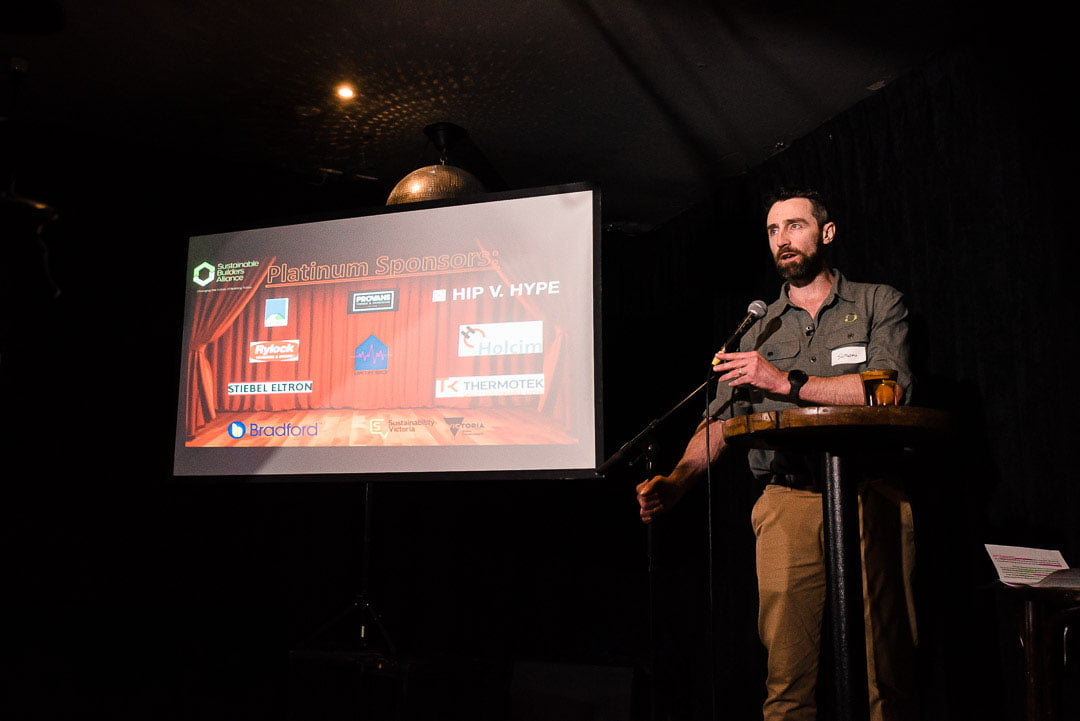
Fiona: Who is the primary target for this information – builders, the general public, or everyone involved?
Brian: Ideally, it’s the people that make the decisions – the people on the ground. It would start with the industry professionals – the architects and engineers that are designing and specifying, putting things on paper. Then it’s about giving the knowledge to the builders, trades, subcontractors, manufacturers: all the key players. The residential construction industry as a whole is our target.
Simon: We want to support builders in their journey of migrating from building standard (or substandard!) homes to building homes that are much better for the planet and for their clients. We also want to celebrate those builders that are already building better and are at the top of their game. People should be using these builders because they’re providing a much nicer home to live in. Anyone that lives in an energy-efficient home can attest to that.
Fiona: Can you provide a bit more detail about the resources that the Sustainable Builders Alliance offers?
Jeremy: We recently launched our website, which has a compilation of our podcasts and webinars. It also has our Roadmap to Zero Carbon Homes, a great piece of work that provides a five-step guide with all the information and practical knowhow designers and builders need to start producing cost-effective, net zero homes. With so much information all over the place it can be hard to know what to focus on. What are the big hitters? What are the things you have to do and what are the smaller nice-to-haves? There are lots of nuggets of wisdom out there in different publications, but they’re not always easy to understand as a whole. Putting the information together in a logical, sequential form is what the Roadmap is about.
Fiona: How else can the Sustainable Builders Alliance help people looking to do a sustainable build or renovation?
Brian: People looking to build can go to the website and find the list of builders that are members of the Alliance: that is probably the single biggest benefit for homeowners, alongside the Roadmap. You’re going to have a much more meaningful conversation with your architect or builder if you follow that Roadmap.
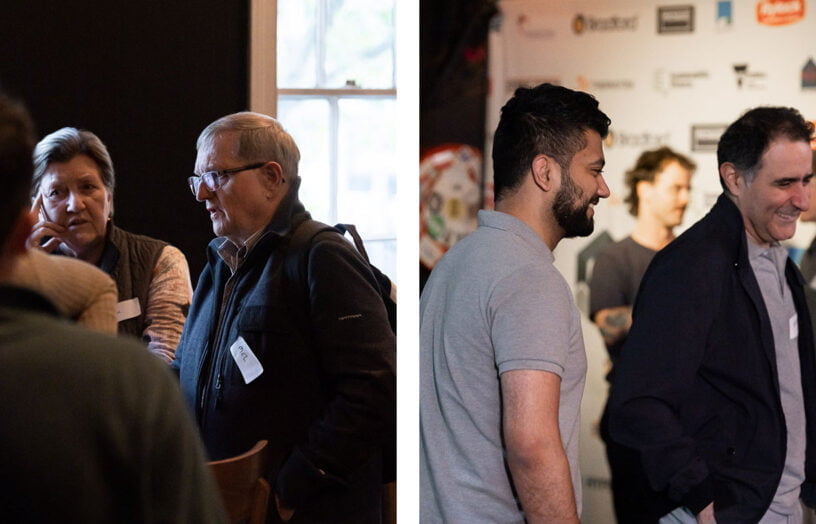
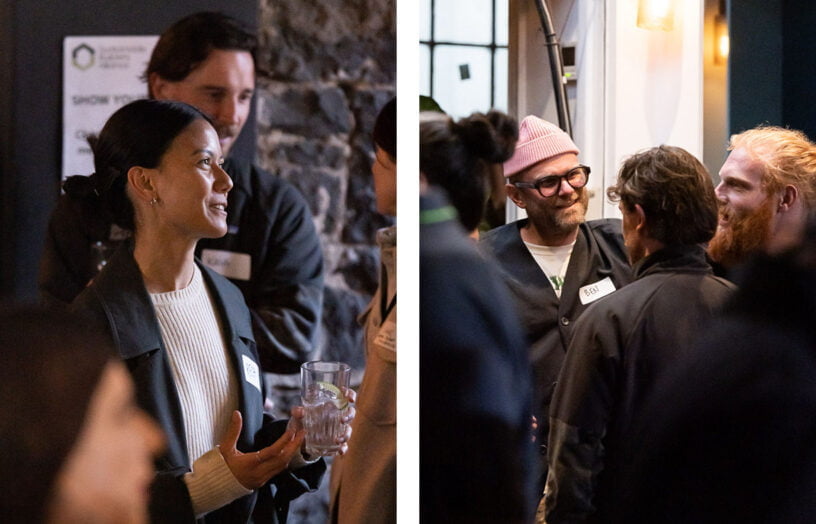
Fiona: How can individuals and companies get involved?
Jeremy: What we are putting together takes a lot of resources, so if people like what the Sustainable Builders Alliance is doing, they can support it by becoming sponsors. We’ve got a lot of amazing companies and builders who have already put their money where their mouth is, which has allowed us to do this work.
Brian: The more sponsors we have, the more information we can put out, and they can be part of the change. The National Construction Code is driving change as we speak, and what we’re doing will help people in the industry stay ahead of the curve. People can also jump on our Instagram or Facebook accounts and share. If there are any topics they want to hear about on our podcast or see in a webinar, they can get in touch at hello@thesba.com.au and let us know. That’s how most of our information resources get created and put out there – by people asking for it.
Simon Clark, Brian Guinan and Jeremy Spencer are three of the seven founding members of the Sustainable Builders Alliance. Simon is the general manager at Sustainable Homes Melbourne, Brian is director at Passive House specialist builder iSmart Building Group in Perth, and Jeremy runs long-standing Melbourne-based design and build operation Positive Footprints with his partner Chi Lu.
Sustainable Builders Alliance: thesba.com.au
Further reading
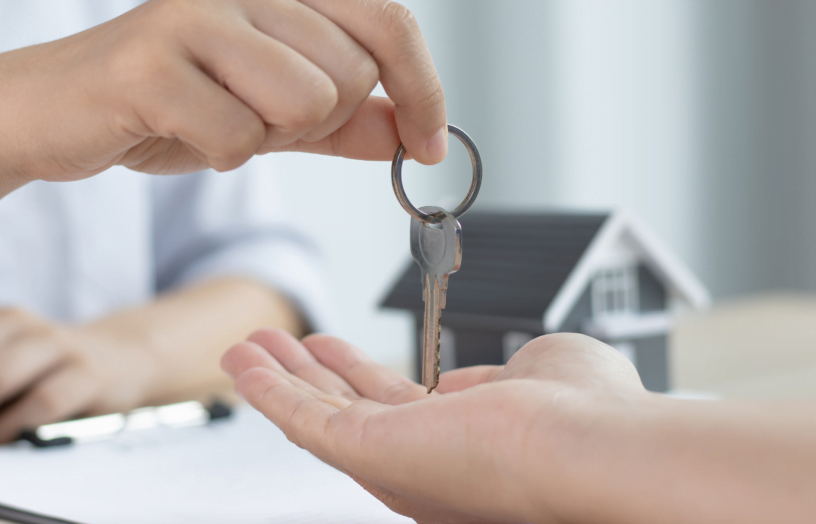 Advocacy
Advocacy
How energy efficient is the house you are buying or renting?
Victorian renters need stronger minimum energy standards. Read Renew's submission.
Read more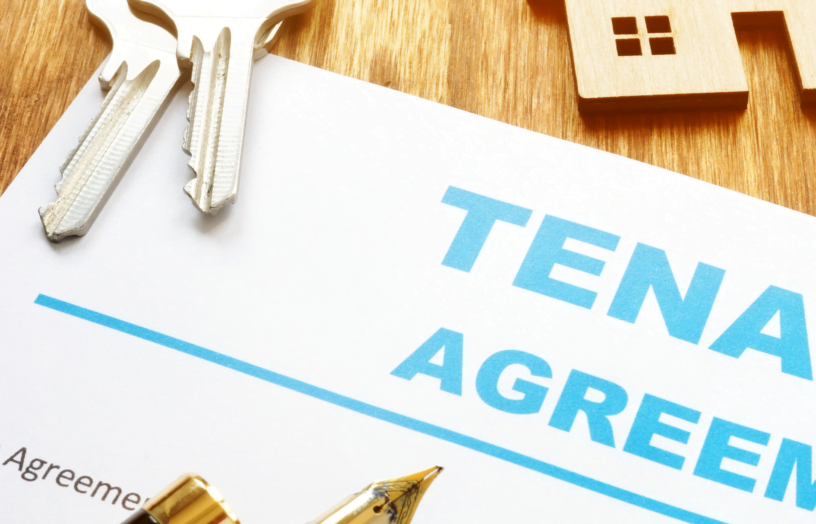 Advocacy
Advocacy
ACT looks to expand rental standards for energy efficiency
Victorian renters need stronger minimum energy standards. Read Renew's submission.
Read more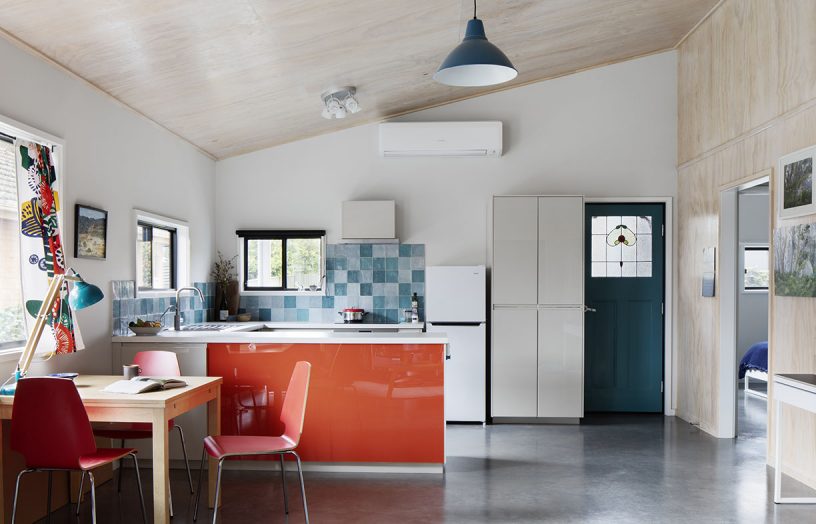 Advocacy
Advocacy
Better protections for Victorian renters on energy
Victorian renters need stronger minimum energy standards. Read Renew's submission.
Read more

